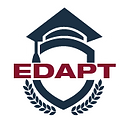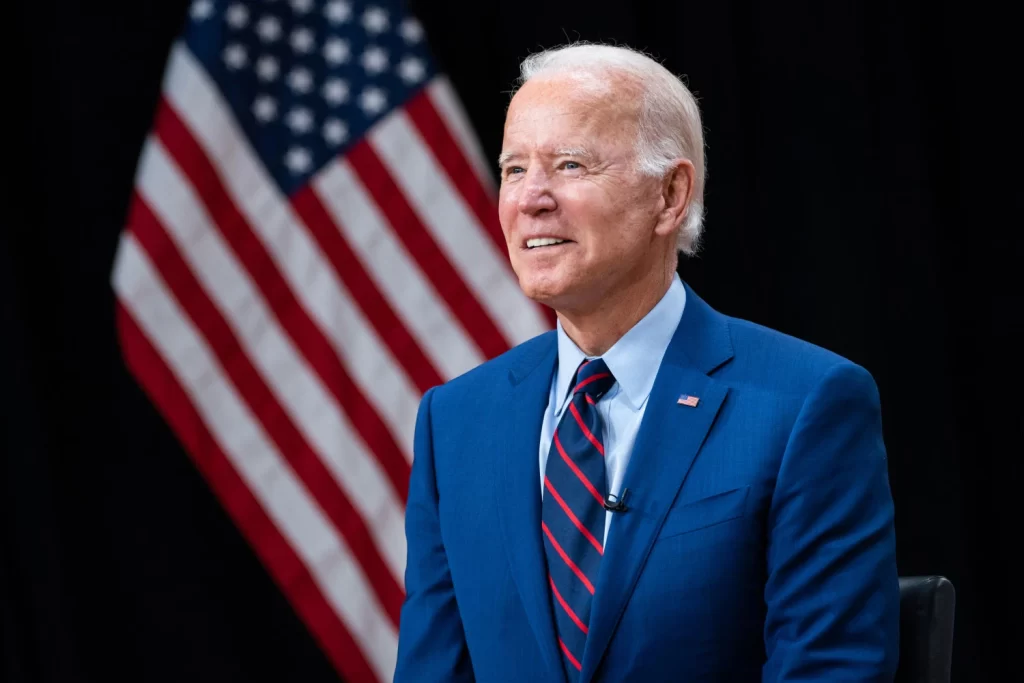Biden Administration Announces $39 Billion in Student Loan Forgiveness: What You Need to Know
The Biden administration just announced a landmark decision that would provide relief to hundreds of thousands of federal student loan debtors. This news includes the cancellation of a whopping $39 billion in student loan debt. In this article, we will look at who stands to benefit from this historic decision, investigate the possibility of student loan discharge, and examine how this move would affect borrowers. In addition, we will discuss the anticipated beginning of student loan payments and provide important information to borrowers.
Who Gets the $39 Billion in Student Loan Forgiveness?
The Biden administration’s proposal of $39 billion in student loan forgiveness is a ray of optimism for many struggling borrowers. But who exactly qualifies for this relief? The explanation lies in the federal student loan program’s failure to properly account for qualifying contributions under income-driven repayment (IDR) arrangements.
Income-Driven Repayment (IDR) Plans: A Lifeline for Borrowers
For many borrowers, income-driven repayment arrangements have been a lifesaver. Monthly payments are based on a borrower’s salary and family size, ensuring that they remain manageable. The significant revelation is that borrowers engaged in IDR plans were not receiving adequate credit for their student loan forgiveness payments.
Borrowers can qualify for forgiveness under these plans after making qualifying payments for 20 to 25 years, depending on the type of loan. Many borrowers, though, were kept in limbo, unsure whether they were making progress toward ultimate debt relief. Because of this administration’s decision, all periods of forbearance, deferment, partial payments, and even late payments will now be counted toward the loan forgiveness level. This indicates that a large number of borrowers will benefit.
Why This Is Important: A Lifeline for Borrowers
This relief’s significance cannot be emphasized. Due to incorrect crediting, many borrowers who were consistently making payments under their income-driven repayment plans were at risk of missing out on the benefits of student loan forgiveness. The Biden administration’s dedication to tackle this issue sends a clear message: they are steadfast in their support of student loan borrowers, especially in the face of obstacles.
While the Supreme Court rejected the Biden administration’s general student loan forgiveness scheme, the administration is still looking into other ways to provide relief. With this new announcement, the government has now approved $116.6 billion in student debt relief for more than 3.4 million student loan borrowers.
Steps You Can Take
- Learn how income-driven repayment plans can lower your student loan payments: Read more
- Read how the Public Service Loan Forgiveness (PSLF) program works: Read more
- Research three federal student loan forgiveness programs currently available: Read more
- Learn how to protect yourself against student loan forgiveness scams: Read more
Student Loan Interest Began Accruing September 1
While the announcement of student loan forgiveness is a source of hope for many, another serious issue must be addressed. Borrowers of student loans have been bracing themselves for the end of COVID-19 relief measures, including the resumption of interest on student loans.
Interest on federal student loans resumed on September 1, with payments set to resume in October. To assist borrowers in preparing for this transition, the Department of Education (DOE) intends to contact them before their first payment is due.
Why This Matters: Navigating the Restart of Payments
The resuming of student loan payments may cause financial hardship for certain borrowers, particularly those who were already struggling to make monthly payments before to the outbreak. However, the Biden administration has taken attempts to ease the transition. They recently announced the launch of a 12-month on-ramp repayment scheme, which will begin on October 1. During this on-ramp phase, the DOE will not consider missed or late payments to be delinquent.

Steps You Can Take to Navigate the Restart of Payments
- Prepare for student loan payments to resume: Start planning your budget accordingly and ensure you have the necessary funds to cover your monthly payments.
- Review seven options if you can’t repay your student loans: Explore various repayment options available to you, including income-driven repayment plans and federal loan consolidation.
- Read about the average monthly student loan payment: Get an idea of what to expect when it comes to your monthly obligations.
- Learn how to extend your student loan payment pause through deferment or forbearance: Understand your options for temporary relief if you’re not ready to resume payments.
Steps You Can Take to Navigate the Restart of Payments
The Biden administration is clearly committed to addressing the issues that student loan borrowers face. They are taking steps to support borrowers on their journey to financial freedom, from the historic announcement of student loan forgiveness to the deployment of measures to ease the transition back into payments.
As time goes on, it’s critical for borrowers to be informed, investigate their alternatives, and take proactive efforts to efficiently manage their student loan debt. Borrowers can effectively traverse the road ahead with the correct resources and methods, securing a brighter financial future.
Visit Student-debt Borrowers for further information and tools on student debt management.
Other Topics:
-
Empathy in Action: The Impact of the New Student Loan Forgiveness Application on Borrowers With Medical Challenges
-
Exploring Student Debt Relief: Understanding the Biden Administration's $127 Billion Forgiveness Initiative and Your Options Ahead
-
Biden Forgives : $9B Student Loans
-
Learn from Experience: Tips from a 38-Year-Old Borrower
-
Phoenix Borrowers Find Relief: $37M Debt

